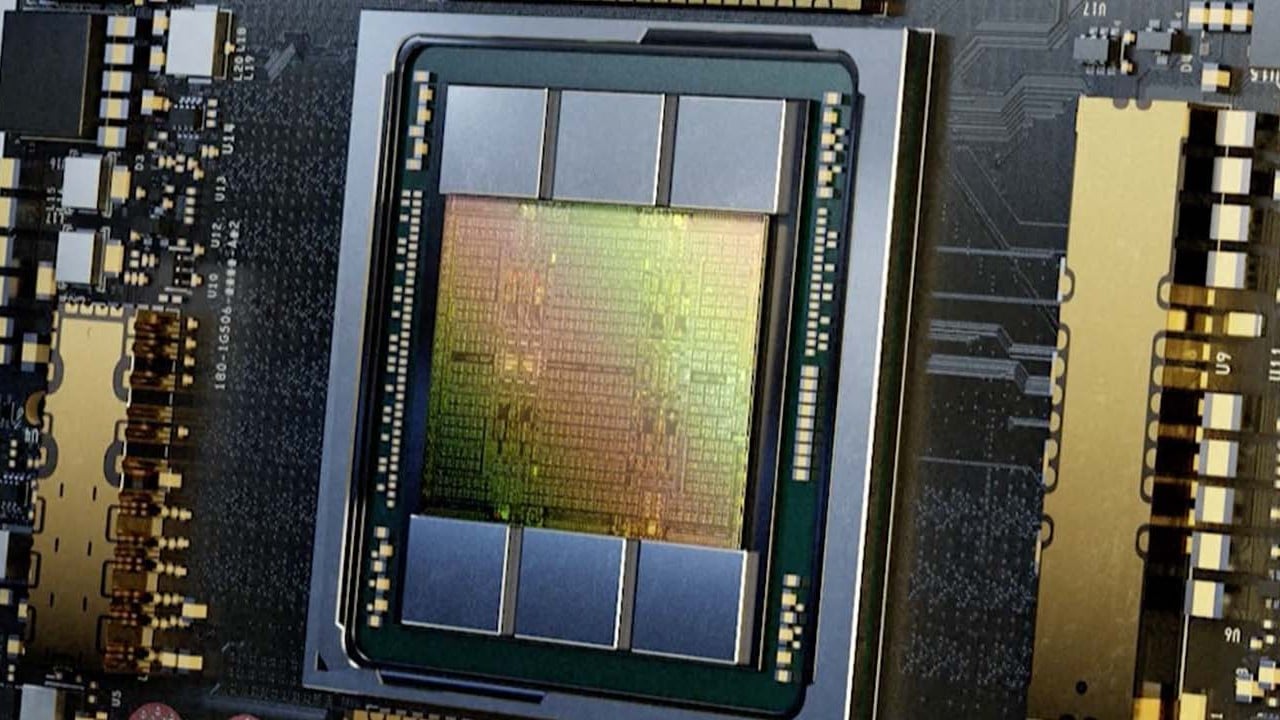
Arm China cuts more than 100 jobs after a 96 per cent dive in profits last year amid tough chip market
- Chip design firm Arm China cut jobs from its high-performance computing and system-on-a-chip departments, people familiar with the matter said
- The cutbacks come after a tumultuous year for the company, which finally ousted its former CEO last year after he refused to leave in 2020
Departments losing staff include those for high-performance computing (HPC) and system-on-a-chip (SoC) designs, the people said, and most workers will be compensated according to how many years they have been with the company plus three months of pay.
The lay-offs come after net profits fell to US$3 million last year, from about US$70 million in 2021, in the largest drop since the joint venture was created in 2018, according to one of the people. Both people requested not to be named as they are not authorised to speak to news media.
SoftBank ousts defiant CEO from UK-Chinese chip venture
Arm China did not immediately respond to an emailed request for comment on Friday.
UK-based Arm declined to comment on the joint venture’s personnel decisions, saying Arm China is a separate company. “We do not expect any disruption to our business in China, which continues to remain strong,” Arm said in a statement on Thursday.
In addition to being a rocky year for the chip industry, which saw a historic semiconductor shortage in 2021 slowly turn to glut, Arm China underwent significant changes in 2022 following a long legal fight over control of the company.
Wu was finally ousted as CEO last year after refusing to leave when he was voted out of the position in 2020. After wresting back control of the company, Arm announced two new CEOs: Liu Renchen, a member of Shenzhen’s political advisory committee and a deputy dean at the Research Institute of Tsinghua University in the southern tech hub, and Eric Chen, a managing partner at SoftBank Vision Fund who led the Japanese conglomerate’s negotiations with the Chinese government.
The hard-won progress solved a key roadblock for SoftBank’s plan to list Arm on the Nasdaq following the collapse of a US$40 billion acquisition deal made with US chip design firm Nvidia Corp.
Wu said last year that Arm China’s business accounted for most of Arm’s global growth, and he projected that the firm’s revenue would reach US$900 million in 2022, up from US$700 million in 2021.
Wu, who still has a 16 per cent stake in the joint venture, has also said SoftBank’s efforts to regain control of Arm China poses risks for China’s supply chain security and technology self-sufficiency. Arm disputed that claim, saying intellectual property would not be affected by the management reshuffle.
Arm CEO says firm fully committed to a market listing this year
Arm’s chip architecture is the most widely used outside of Intel’s, which is more common in personal computers. Its power efficiency has made it the preferred architecture for mobile devices and Internet of Things devices, with a growing presence in servers.
As any company can license the architecture from Arm, it is broadly used by Chinese companies that design their own central processing units and graphics processing units.


